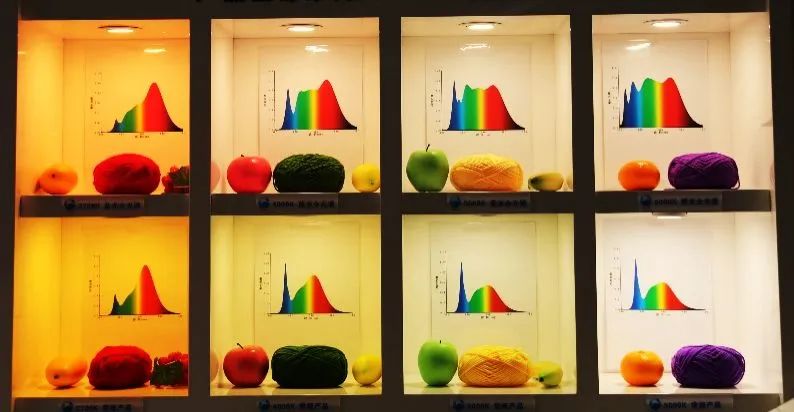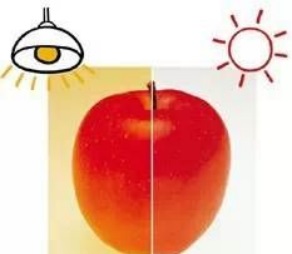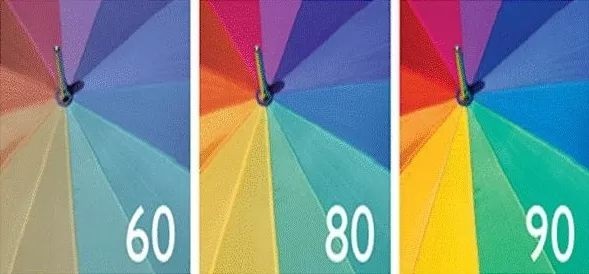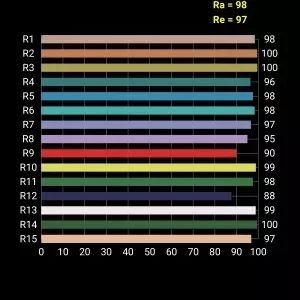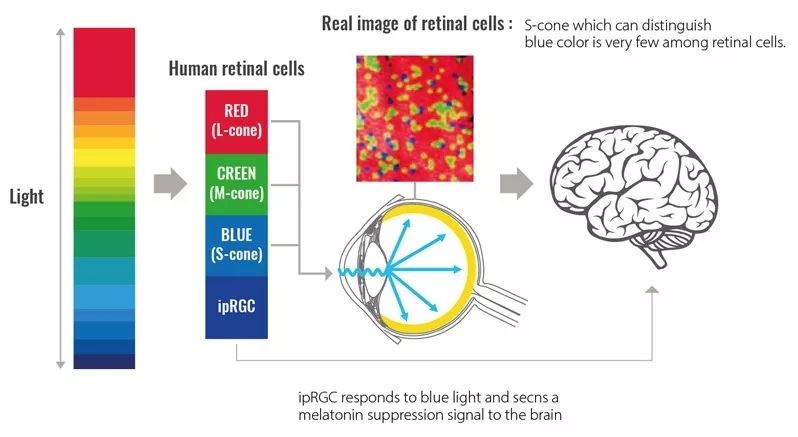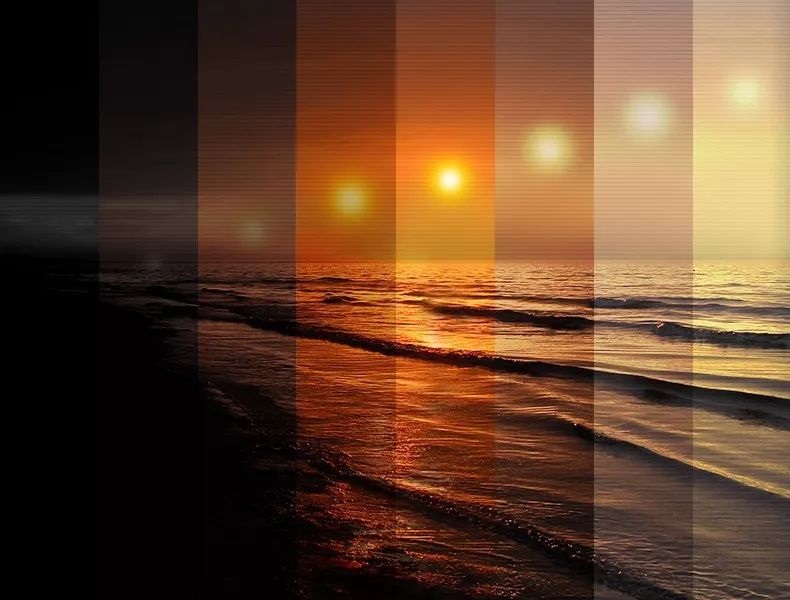LED industry after more than a decade of development and baptism, with the continuous improvement of light efficiency technology level, LED manufacturers in the pursuit of lighting trends, has been by the past high luminous efficacy, long life slowly transformed into a more efficient, healthier lighting products. At this stage, health lighting has become a blue ocean field focused on the upper and lower reaches of the LED industry chain. So how is the application value of full-spectrum lighting? Specifically used in what areas?
In recent years, the development of LED breakthroughs, breaking the key technology barrier, people will be blue LED excitation phosphor of the traditional LED technology up to the use of violet LED excitation phosphor to get red, green and blue color light, after the color light mixing superimposed to produce and the sun’s spectrum of similar light. This technology combined with the LED’s own technical characteristics and product advantages, making the full-spectrum LED more in line with the needs and trends of the lighting market, so the full-spectrum LED is also highly favored.
Healthy lighting involves the non-visual effects of light and its impact on people’s physiological health, and full-spectrum solutions with higher light quality are focusing more on satisfying people’s better visual experience.
Application value of full-spectrum LEDs
Judge a lighting scene is healthy lighting, lighting lamps and lanterns in addition to the color rendering index, color temperature, illuminance, brightness and stroboscopic indicators in line with the corresponding requirements, an extremely important basis for determining the spectrum should be its spectrum and the degree of coincidence with the sun’s spectrum.
Because even if the product’s spectrum deviates significantly from the sunlight spectrum, its color rendering index, color temperature, illuminance, brightness and stroboscopic and other technical indicators can also meet the corresponding requirements, but significantly deviate from the sunlight spectrum of the product is not really the meaning of healthy lighting.
With the development of LED packaging technology for lighting, full spectrum (Full Spectrum) LED technology similar to the sunlight spectrum has been promoted and applied in lighting projects.
a. Effects on human health
Before man-made light sources existed, sunlight was the only source of light, and our ancestors depended on the sun for their lives. Sunlight not only provides lighting and energy for the earth, but also regulates human physiological rhythms and has an impact on human biology, psychology and the human body.
However, modern city dwellers, especially office workers, spend long hours indoors, seldom come into contact with sunlight, and are unable to derive health benefits from the sun. The significance of full spectrum is to reproduce the sunlight and bring back to us the benefits of nature’s light acting on human physiology, psychology and human body.
b. Restore more natural colors
We all know that an object will show its color when exposed to light, but when an object is exposed to a light source with a discontinuous and incomplete spectrum, the color will be distorted to varying degrees. The International Commission on Illumination CIE on the light source on the object of the true color of the degree of presentation of the definition of the light source of the color rendering. In order to more easily describe the color rendering of the light source, but also introduced the concept of color rendering index, based on the standard light source, the color rendering index Ra is set at 100.
Most of the current LED products have been able to do the color rendering index Ra>80, but for some applications in the studio, studio, etc. need to be true reproduction of the skin color occasions, as well as fruits and vegetables, fresh meat color highly reproducible scenarios, the general color rendering index Ra has been unable to satisfy the evaluation of the light source’s ability to restore the true color.
So to evaluate the ability of a light source to restore the color of good or bad can not be based only on the general color rendering index to judge, for special scenes, we may also need to consider the light source of the special color rendering index R9, color saturation Rg, and color fidelity Rf value. The light of full-spectrum lamps has the color light of each wavelength band in the visible region of the human eye, which can provide a rich sense of color and restore the most natural and true colors of the illuminated objects.
In addition, working for a long time in a working environment with a lack of color and a single hue, people are prone to visual fatigue and psychological pressure. The rich spectrum of full-spectrum light can reproduce the real color of the object, provide vivid light, relieve visual fatigue of the human eye, reduce eye discomfort, and thus improve the comfort of the user’s light environment.
c. Taking care of your eyes
Since most of the traditional LEDs use blue light to excite the yellow phosphor and mix the color light to get white light. If the blue light component is too high, in the case of prolonged use, blue light can penetrate the human eye lens to the retina, accelerate the oxidation of macular cells, causing optical damage.
For the human eye, after a long time of evolution, the human eye has adapted to the sunlight, the closer the light is to natural light, the more comfortable the human eye. Full-spectrum LED adopts violet LED excitation, which reduces the blue light component from the root of the light source and reduces the damage to the eyes. At the same time, the spectral curve of full-spectrum is close to the sunlight spectral curve, which can effectively improve the comfort of the user’s eyes. In addition, full-spectrum can also reduce the retinal microcirculation short-term obstacles, as well as slow down the blood supply obstacles caused by eye dryness and fatigue, so as to achieve real eye protection!
d. Regulating regular work and rest
According to the law of human biological clock, human brain usually starts to secrete melatonin at 9 or 10 p.m. As more melatonin is secreted by the pineal gland of human brain, our body gradually realizes that it needs to rest and sleep. Melatonin is a substance that helps to shorten the time of awakening before bedtime and the time of falling asleep, which can improve the quality of sleep. And this substance has a close relationship with the light that people are exposed to, especially sensitive to blue light, blue light will have an inhibitory effect on the melatonin produced by the pineal gland of the human brain, long-term in a high blue light light environment, and even produce sleep disorders.
And the emergence of full spectrum can provide better quality light and improve the light environment of people’s life. Fewer components of blue light can make people’s nighttime working light environment more reasonable, and a reasonable light environment can help people promote sleep, increase productivity and improve mood.
If the full-spectrum lighting system can be combined with the simulation of the sun’s color temperature changes throughout the year and at different times of the day and night, to provide more like the real natural light. The combination of the two will truly bring sunlight indoors, so that workers who do not see the sun can also feel the comfort of natural sunlight without leaving their homes.
Applications for Full Spectrum Luminaires
Advocating healthy lighting and improve light biosafety, as well as the study of lighting light quality and light comfort has a very important practical significance, for a variety of scenarios lighting light quality requirements, to accelerate the promotion and application of full-spectrum LEDs in the field of education, home, hospitals and public places and other lighting.
a. Plant lighting
280-315nm wavelength has been ultraviolet light, for all kinds of animals, plants and even fungi have the function of directly suppressing the growth; 315-400nm light waves are also far ultraviolet light, chlorophyll absorption is small, preventing the stem from elongating; 400-520nm (blue) wavelengths can be directly at the plant roots, stems and parts of the development of the largest proportion of absorption of chlorophyll and carotenoid absorption, the impact on photosynthesis Maximum; 520-610nm (green) green pigment absorption rate is not high; 610-720nm (red) for photosynthesis and plant growth rate has a significant impact; 720-1000nm such wavelengths belong to the infrared wavelengths, for the plant’s absorption rate is low, can be a direct stimulus to the extension of the cell, will affect the flowering and germination of the seed; >1000nm –> has been close to the laser light wavelengths. >1000nm-> has been close to the wavelength of laser light has been converted into heat.
In addition, full-spectrum LEDs contain a small amount of ultraviolet light that can effectively prevent pests and diseases.
Before the plant lights are mostly red and blue combination, all-blue, all-red three forms, used to cover the wavelength range required for plant photosynthesis, in recent years, the full-spectrum LED plant grow lights began to popularize.
b.Camera full spectrum LED fill light
Cameras are basically equipped with LED fill light for night and dark environment shooting fill light. Without this fill light shot will always have the effect of whiteness, skin color, the color of the object completely deviates from the normal color of the problem, the full-spectrum fill light can make up for all the wavelengths and colors, so that the skin color and the color is closer to the real thing. It is conducive to enhancing the picture texture and improving color reproduction.
In addition, full-spectrum LEDs are also used in surgical lamps, eye protection lamps, museum lighting, high-end place lighting, and other fields that require high spectral quality.
With the continuous improvement of full-spectrum technology, there will be users to appreciate the importance of full-spectrum light quality, its market share will grow rapidly, the entire LED industry, especially in the field of indoor lighting will also be rapid transition from conventional high color rendering LED to full-spectrum LED.
Post time: Nov-17-2023


